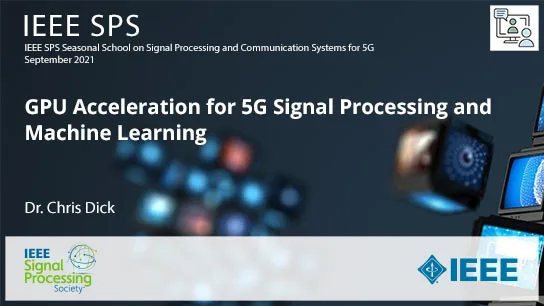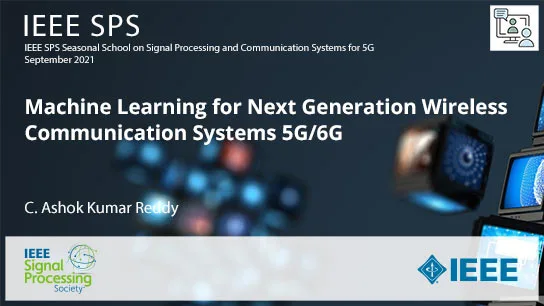-
Members: FreeSPS
IEEE Members: $11.00
Non-members: $15.00Length: 0:55:05
Computer vision and machine learning technology have advanced considerably in the past few years and are now being fused together to create a Smarter World of solutions that will soon improve our lives. For example, collectively retail stores lose billions of dollars annually, the National Retail Federation estimates that it was up to 60B USD in 2019. From Smart Cities to Factories, Hospitals, and Buildings, our world is experiencing an explosion of computational power being applied to real-time video analytics. Imagine a missing child is spotted by a SmartCity application and returned to their parents. In a hospital setting, the application monitoring the cameras in a patient's room alerts the staff to a critical situation minutes or even seconds earlier. However, the entire end-to-end pipeline needs to be built for supporting low latency and low power for the edge where Smart city applications reside. Wireless 5G networks provide the fabric on which the video and AI/ML-driven computations and results travel. With latency targets for these smart technologies in the 10s of milliseconds, no other broadband network is up to the task. ML and video, combined with 5G, are making the Smart City solution deployable and more cost-effective. In this presentation, we will discuss what technologies are available to build the optimal Smart City solutions and what the differences are.


